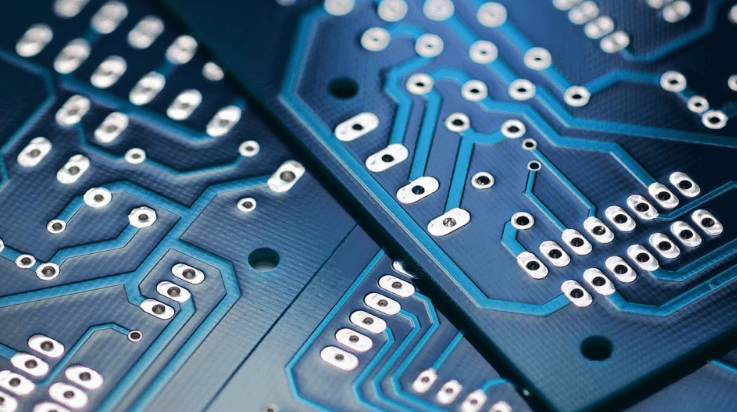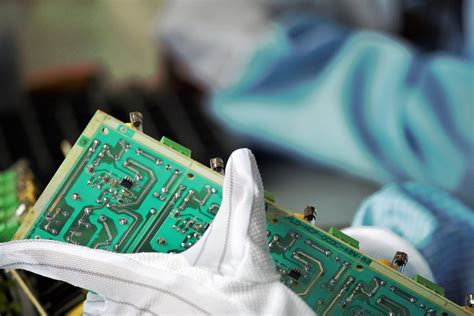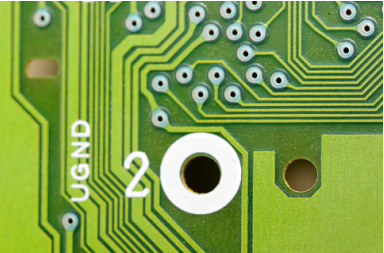Power Supply Schematic Design: A Comprehensive Guide
Introduction to Power Supply Schematics
Power supply schematics form the backbone of electronic device design, providing the essential energy conversion needed for all electronic components to function properly. These diagrams represent the electrical blueprint of how power is transformed, regulated, and distributed throughout a system. Whether designing a simple linear regulator or a complex switched-mode power supply (SMPS), understanding schematic design is crucial for engineers and technicians alike.
A well-designed power supply schematic must account for numerous factors including input voltage range, output voltage and current requirements, efficiency targets, thermal considerations, and electromagnetic compatibility (EMC). The schematic serves as the foundation for the entire power supply design process, guiding the PCB layout and ultimately determining the performance and reliability of the final product.
Basic Components in Power Supply Schematics
1. Input Protection and Filtering
Every power supply schematic begins with input protection components:
- Fuses: Protect against overcurrent conditions (e.g., 250V, 2A slow-blow fuse)
- Varistors (MOVs): Provide surge protection (common ratings: 275V, 300V, 420V)
- X/Y capacitors: Filter electromagnetic interference (typical values: 100pF to 0.1μF)
- Common-mode chokes: Reduce conducted emissions (inductance values from 1mH to 10mH)
2. Rectification Stage
For AC-DC conversion, rectifiers are essential:
- Bridge rectifiers: Full-wave rectification (e.g., GBU4J, 400V, 4A)
- Schottky diodes: For lower voltage drop in DC-DC applications (e.g., 40V, 3A)
3. Bulk Capacitance
Energy storage capacitors smooth the rectified voltage:
- Electrolytic capacitors: High capacitance values (e.g., 470μF, 400V)
- Film capacitors: For longer life and higher reliability
Linear Regulator Schematics
Linear regulators provide simple, low-noise voltage regulation:
Basic LM7805 Schematic
Vin ----+-------+---- Vout
| |
Cin Cout
| |
GND ----+-------+---- GND- Cin: 0.33μF ceramic capacitor
- Cout: 0.1μF ceramic capacitor
- Current limit: Typically 1A (with heatsink)
Key Considerations:
- Dropout voltage: Minimum 2V for standard regulators
- Power dissipation: P = (Vin-Vout)*Iout
- Thermal design: Critical for higher current applications

Switch-Mode Power Supply (SMPS) Schematics
Modern power supplies predominantly use switching topologies for higher efficiency:
1. Buck Converter Schematic Elements
- Control IC: (e.g., LM2676, 3A buck regulator)
- Power MOSFET: (e.g., 30V, 10mΩ RDS(on))
- Schottky diode: (e.g., 40V, 3A)
- Inductor: (e.g., 22μH, 4A saturation current)
- Output capacitors: Low-ESR types (e.g., 100μF ceramic)
2. Flyback Converter Schematic (for isolation)
- PWM controller: (e.g., UC3844 current-mode controller)
- Transformer: Custom wound for specific turns ratio
- Optocoupler feedback: (e.g., PC817) for isolated regulation
- Snubber network: RCD circuit to limit voltage spikes
Critical Design Considerations
1. Feedback and Regulation
- Voltage divider: For adjustable outputs (1% tolerance resistors)
- Error amplifier: In built into most regulator ICs
- Compensation network: Critical for stability (typically RC networks)
2. Protection Circuits
- Overcurrent protection: Current sense resistors (e.g., 10mΩ, 1%)
- Overtemperature: Thermal shutdown in ICs or discrete sensors
- Undervoltage lockout (UVLO): Prevents operation at low Vin
3. Efficiency Optimization
- MOSFET selection: Lower RDS(on) reduces conduction losses
- Synchronous rectification: Replaces diodes with MOSFETs
- Dead-time control: Minimizes shoot-through current
Advanced Schematic Techniques
1. Multi-Output Power Supplies
- Single-inductor multiple-output (SIMO): Saves board space
- Post-regulation: LDOs after main switcher for clean rails
2. Digital Power Management
- PMBus interfaces: For programmable voltage/power sequencing
- Digital compensators: Software-adjustable control loops
3. High-Density Designs
- Integrated modules: Combine controller, FETs, and inductor
- 3D packaging: Stacked components for space savings
Schematic Capture Best Practices
- Hierarchical design: Break complex supplies into functional blocks
- Annotation: Clear labeling of all components and nets
- Design rules: Incorporate manufacturer layout guidelines
- Simulation links: Connect to SPICE models for verification
- Version control: Track changes in complex designs
Common Schematic Pitfalls to Avoid
- Inadequate input filtering: Leading to EMI compliance failures
- Improper grounding: Creating noisy or unstable outputs
- Overlooked startup currents: Causing regulator lockup
- Insufficient derating: Reducing component lifespan
- Missing test points: Complicating debugging and validation
Power Supply Schematic Examples
Example 1: USB Charger Circuit (5V/2A)
AC Input -> Fuse -> MOV -> X-cap -> Bridge -> Bulk Cap ->
Flyback Transformer -> Sync Rectifier -> Output Cap ->
Feedback Opto -> PWM ControllerExample 2: Point-of-Load Buck Converter (3.3V/10A)
12V Input -> Input Cap -> High-side MOSFET -> Inductor ->
Output Caps -> Current Sense -> Controller IC -> Low-side MOSFETSimulation and Verification
Before prototyping, schematic verification is essential:
- SPICE simulation: Check stability and transient response
- Loss calculations: Estimate efficiency and thermal needs
- Stress analysis: Verify component voltage/current margins
- BOM review: Confirm part availability and alternatives
Future Trends in Power Supply Design
- GaN and SiC devices: Enabling higher frequency operation
- AI-optimized designs: Automated topology selection
- Wireless power integration: Combining conduction and induction
- Energy harvesting: Incorporating ambient power sources

Conclusion
Power supply schematic design remains a fundamental engineering skill that combines theoretical knowledge with practical considerations. From simple linear regulators to complex multi-phase buck converters, each schematic must be carefully crafted to meet specific requirements while considering efficiency, reliability, and cost. As power electronics continues to evolve with new semiconductor technologies and design methodologies, the importance of robust schematic design only grows greater. By mastering the principles outlined in this guide and staying current with industry developments, engineers can create power supply designs that meet the ever-increasing demands of modern electronic systems.
Remember that a well-designed schematic is more than just a collection of components—it’s a carefully engineered system where each part interacts with others to create reliable, efficient power conversion. Always validate designs through simulation and prototyping, and don’t hesitate to consult reference designs from semiconductor manufacturers when tackling new power supply challenges.







